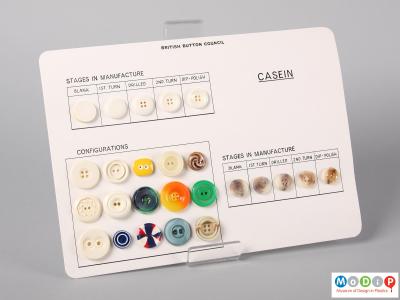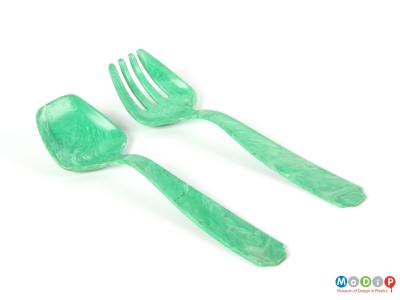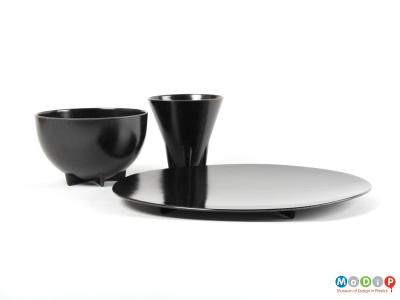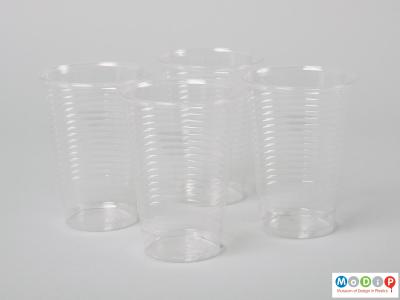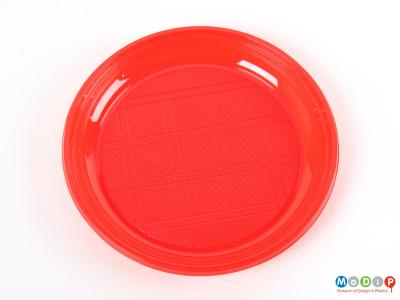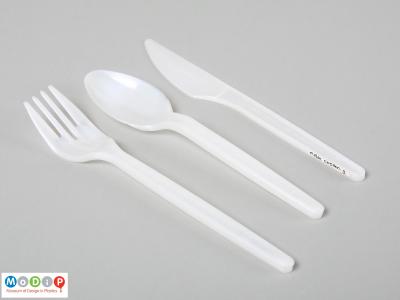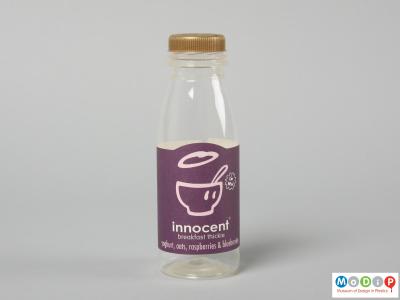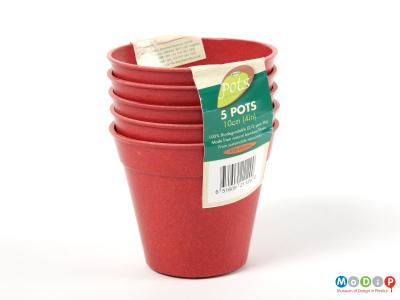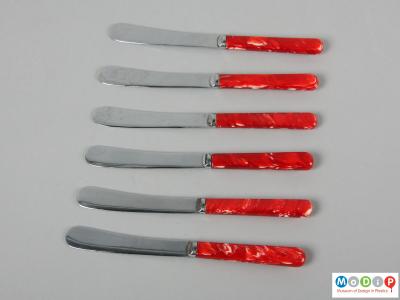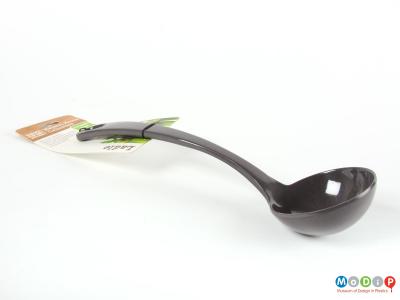Description
Bioplastics are those derived partly or wholly from renewable biomass starches, cellulose or vegetable oils. Many are designed to biodegrade in anaerobic or aerobic environments.
History
Significant developments in the production of modern bioplastics did not take place until the early 2000s, but one of the earliest examples was derived in 1897 from the casein in milk and formaldehyde, and marketed as Galalith. It was developed by W. Krische and A. Spitteler but proved to be unstable in the presence of moisture. A primarily thermoset plastic, casein formaldehyde was extruded, fabricated and usually machined to shape from sheet, rod or block.
It was not until the 1950s that commercial bioplastic applications began to be explored with the successful breeding of amylomaize content corn. 2004 saw the development of a flame retardant polylactic acid (PLA) by NEC and in 2007 Braskem of Brazil announced that it had developed a way of manufacturing high density polyethylene using ethylene derived from sugar cane. Other bioplastics include PHB, a bio polyester generally produced by bacteria processing glucose or starch, and PA11, an engineering bioplastic derived from castor beans.
Common uses
Casein formaldehyde applications include buttons, knitting needles, fountain pens, jewellery, dressing table sets, manicure sets, inlay in furniture. Modern bioplastics are used in food packaging, disposable cups, plates and cutlery and cosmetic bottles.
Recyclability
Many, but not all, bioplastics are engineered to biodegrade and compost after a determined period of time. More durable plant base bioplastics can be recycled.

